Yup, you saw that right! Sumo Wrestling! I wasn’t too sure about this part of the tour but I actually found it fascinating. Not the best picture of me either, a little blurry but that’s what happens when others take the photo for you. Nothing like posing for pictures between two men dressed in what appears to be giant diapers. However, I am getting ahead of myself.
This day (March 29, 2019) was the first day of our OAT tour. After the hotel included breakfast we all met up for an orientation before heading off to our first stop of the day.
Meiji Shrine
Since there were now 15 of us, it was harder to herd us all onto the subway station, although we did travel by train in later parts of the tour, so we headed out by a very clean motorcoach. We were headed to Meiji Shinto Shrine. Our guide Yoshi wrote the following about the shrine:
“Meiji Shrine is a Shinto shrine dedicated to Emperor Meiji(1852-1912) and his consort. It is a typical example of Shinto hero worship. The shrine ground grounds comprise an area of 173 ac and are covered with over 200,000 trees, most of them were donated by people from all over the country when the shrine was founded in 1920.
Emperor Meiji is the great grandfather of the current Emperor, ascended the throne in Kyoto in 1867. At that time, the position of the emperor was regarded only a spiritual head of the nation. Japan was still under the feudal system ruled by the Shogun. Emperor Meiji and his assistants achieve a great reform in 1868 and established the Imperial government with centralized administration in place of Shogun’s government. This is what is called Meiji Restoration, with which Japan made her first steps toward modernization and industrialization.
We made a ritual of purifying of ourselves by holy water there and advanced to the main hall for worship. Yoshi told the way to worship in Shinto style, two times of bow, two times of clapping with a wish and one time of bow at final. Inside the main hall, there was just a newly made small shrine house and nothing else. No decoration, no idle, no furniture. Yoshi stressed the simplicity is very important in Shinto.”
I love the way he talks about himself in the third person! At the shrine, we saw some priests working and some sort of ceremony happening, notice in the pictures below that everyone is dressed in black suits. Very typical in Japan. I have no idea what this ceremony was about but it was certainly interesting.
(Remember to click on the arrows to see all pictures)
Lunch with Sumo Wrestlers
Next stop was lunch, however this wasn’t just any lunch, this was going to be a lunch that sumo wrestlers typically ate. We were taken to a small room where we barely all got in and sat around the outside of the room. The space inside was reserved for a sumo wrestler demonstration. I will let Yoshi tell it as he does such a good job.
“After Meiji Shinto Shrine, we advanced to the venue of Sumo by retired sumo wrestler. It was in downtown, what Yoshi introduced Japanese word Shitamachi,下町. It was our surprise to see two retired Sumo wrestlers just wearing loincloth waiting for us. They were Toouyama and Kaiho. Sumo, a kind of wrestling, is native in Japan. In each match here are two contestants. There is no restriction on the weight of the contestants, as in the western wrestling and boxing. Two retired wrestlers showed typical necessary practice of Sumo, Shiko, Stomping and Suriashi, move without raising foot. They showed also real match to us. It was interesting and fun. After the demo. we had Sumo Chanko Nabe meal, one pot meal with many vegetable, meat and fish with miso soup. It was delicious. After meal, Toouyama introduced the Sumo society, beginning from hard practice to the earning of high rank wrestlers. There are about 700 wrestlers in Sumo association. The highest position is the senior grade is called Yokozuna. There had been only 72 Yokozuna in the history of 400 years Sumo association. Among them here were two American wrestlers coming from Hawaii. He referred the controversial issue in Sumo society. That was that woman can’t get into Sumo ring. Sumo association says that it is a long history and even Empress have not got into the sumo ring. Still many Japanese are thinking that equality of gender is common sense in nowadays, so woman need to be allowed to get into the ring. “
As mentioned I wasn’t too sure about this part of the agenda however I found it to be fascinating and we really learned a lot about Sumo Wrestling. Also, did you know they only participate in one bout a day! The match may be, I don’t know several rounds but that several rounds will last several days.
Anyway, lunch was really good and I learned a lot and have even found myself watching the odd sumo wrestling match on Youtube. Of course it always helps when you start to understand what you are actually watching!
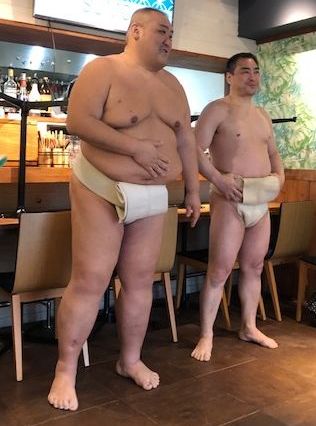
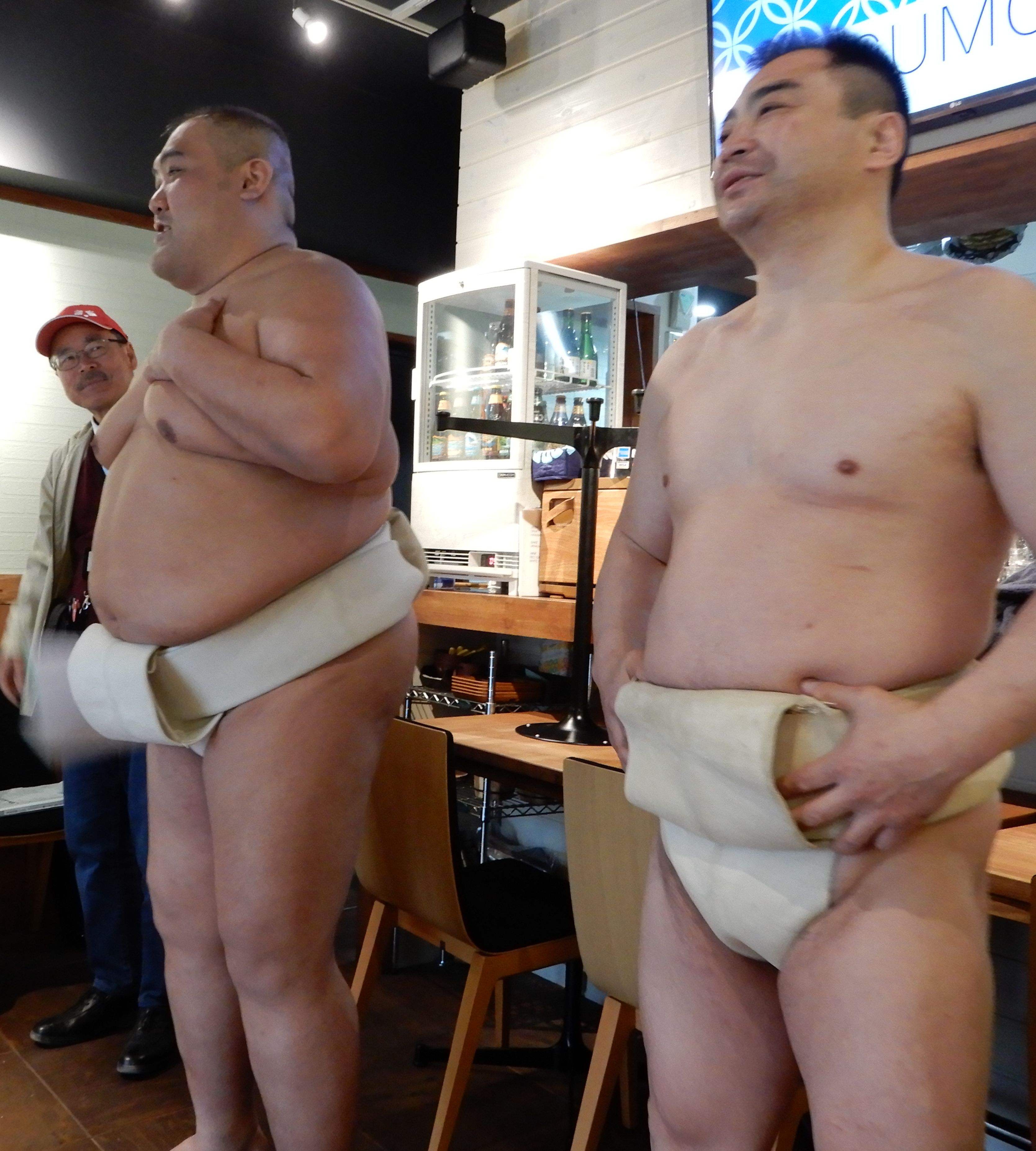
Round Table Talk
After lunch we had some free time, OAT does this as many travellers have come a long way and so maybe jetlagged and need to take a nap. Karen was tired so went for a nap and I went shopping with two other travellers we met up again for a round table discussion. I will again let Yoshi explain this.
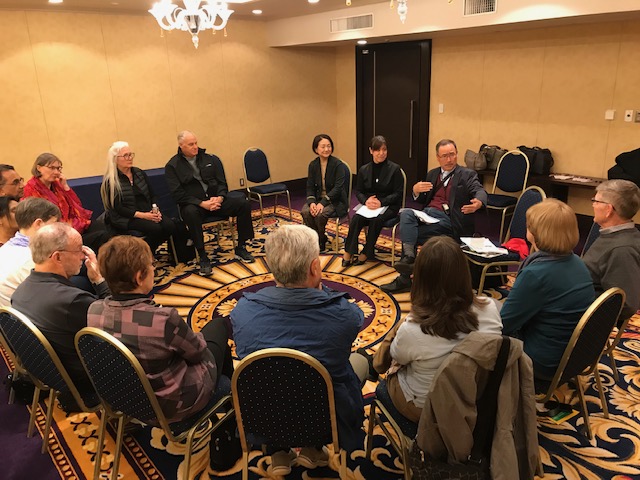
“After a short break in the hotel, most of the travellers attended the special program to know one of the social issues of Japan, “Hikikomori”. We had a speaker named Noriko from Non-Profit Organization, Sodateage Net. “Hikikomori” is a phenomenon in which persons become recluse in their own homes, avoiding various social activities, attending school, working. We were surprised to find out the number of Hikikomori people amounting 540,000 in nowadays Japan. She emphasized that this Hikikomori is coming from the generation gap between parent and kind, Japan’s 20 year’s economic struggle from 1990 and little second chance in Japanese society. Travellers introduced American example and their way of solution. It was an interesting session.”
Welcome Drink
After the lecture it was onto Yoshi’s favourite Izakaya (bar) for a welcome drink where we got to try Japanese whisky, Japanese Plum wine (really good) and of course sake. In Japan drink is always served with finger food so there were several selections to choose from including edamame (so good).
Next up was our last day in Tokyo.

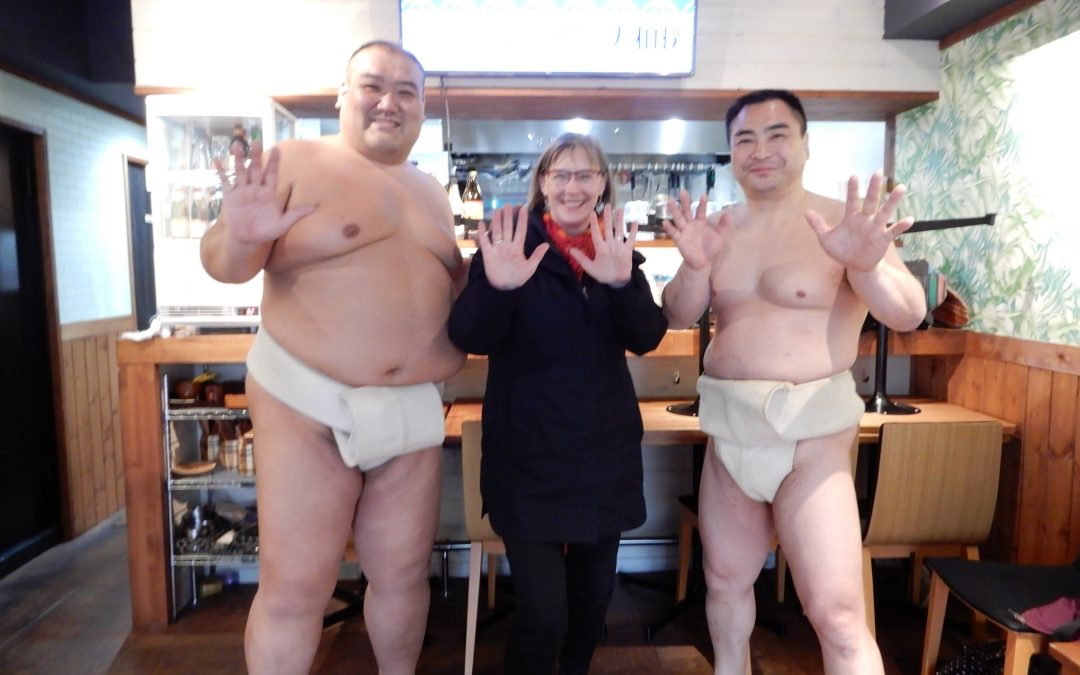
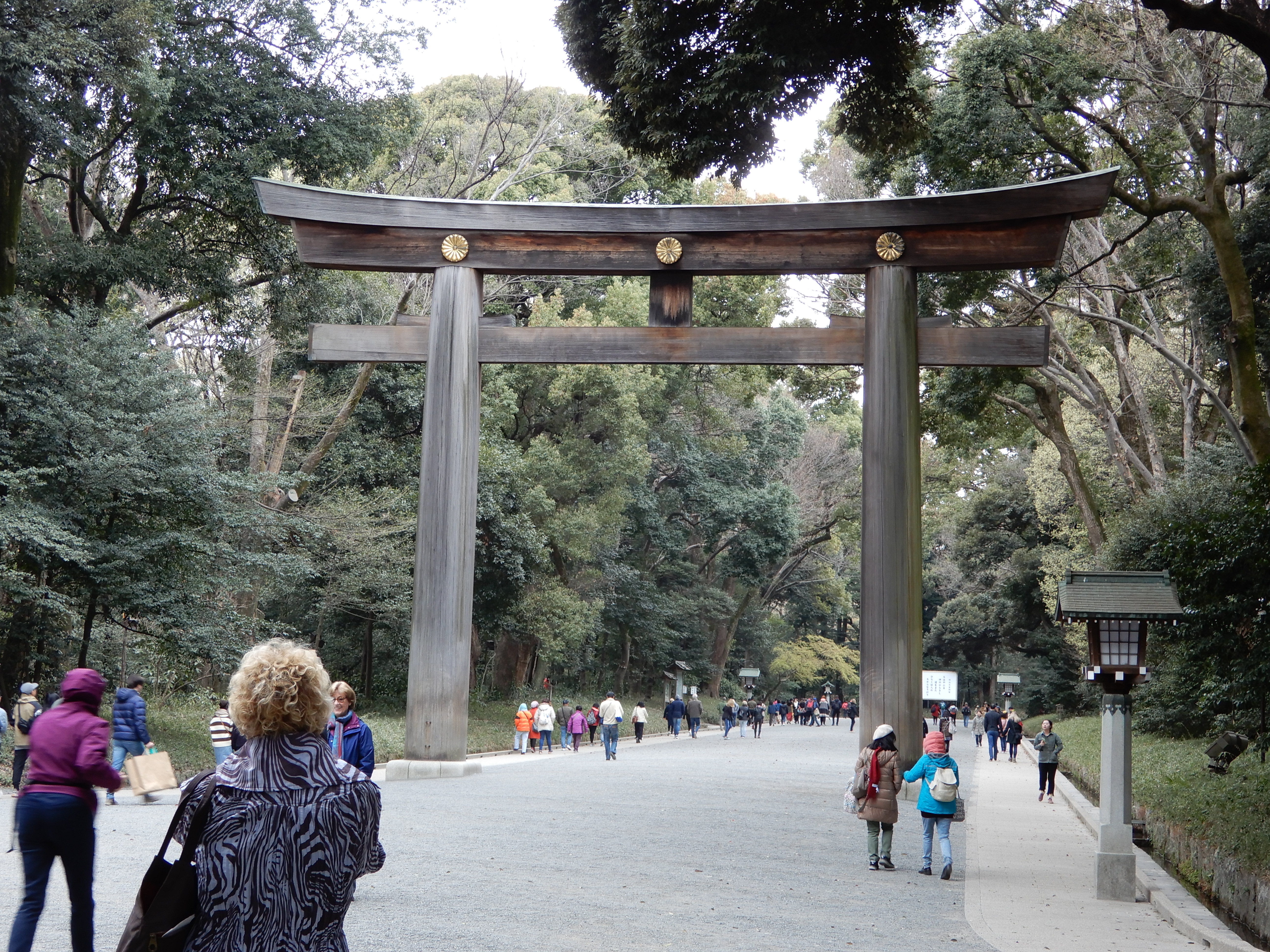
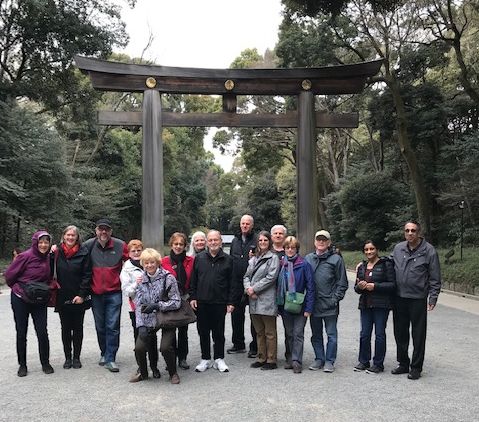
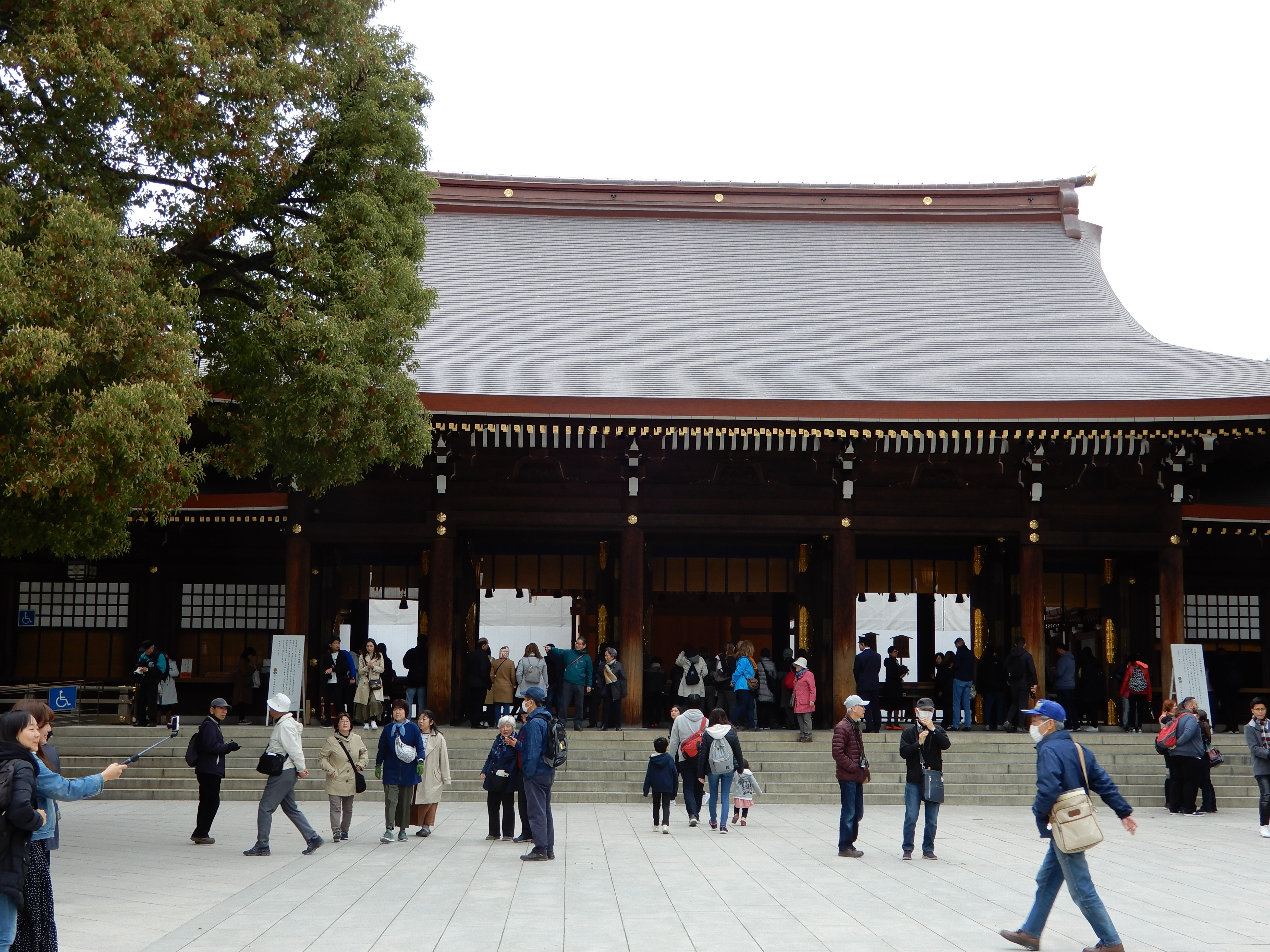
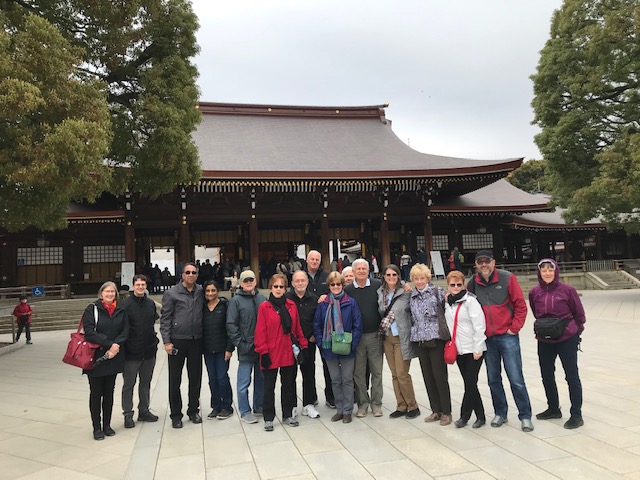
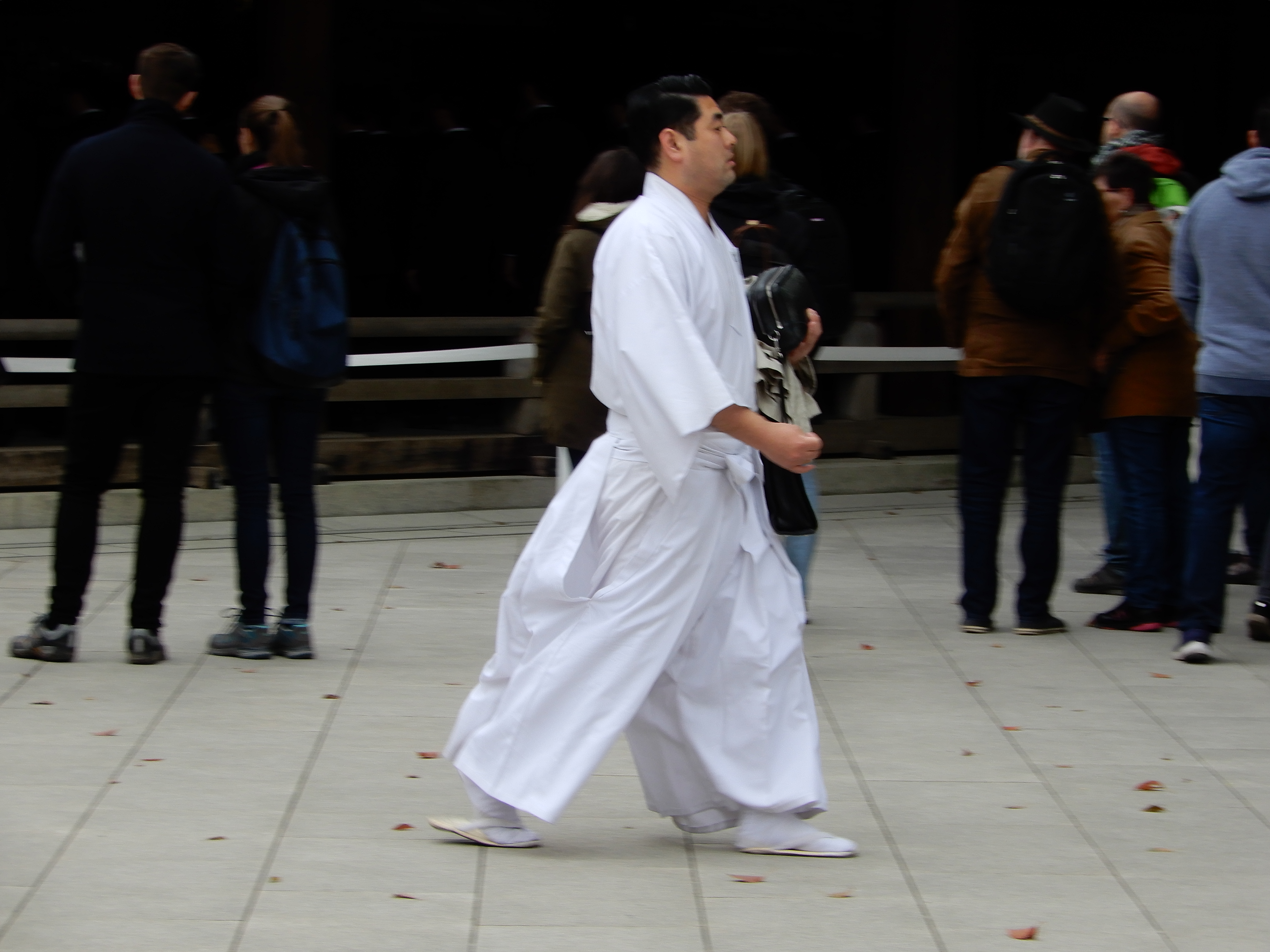
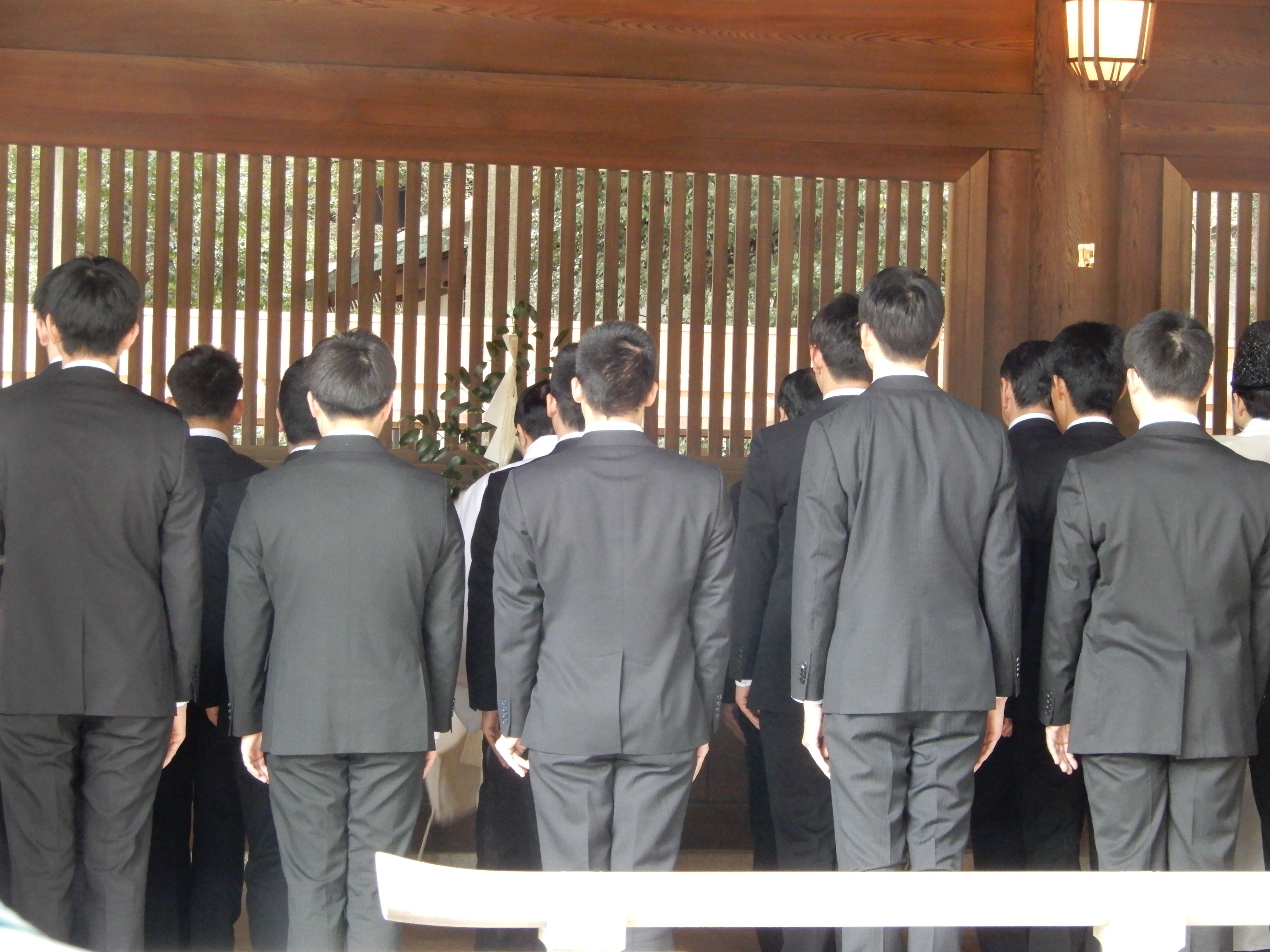
0 Comments